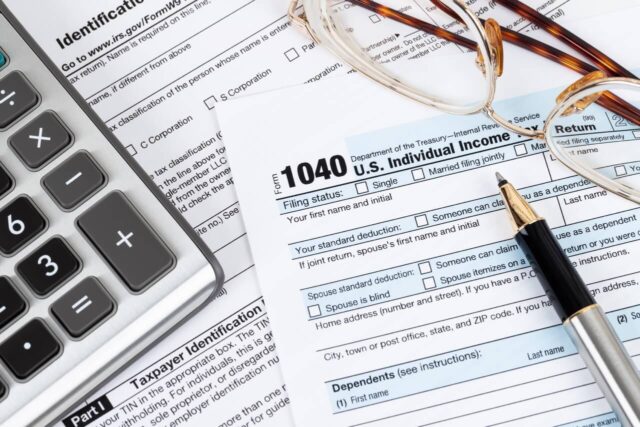
Pay On-Demand vs. Earned Wage Access (EWA): Are They Different?
Pay on-demand (or on-demand pay) and earned wage access are two terms that you probably have heard of. Both describe tools that allow employees financial flexibility and the ability to use their earned wages before payday.
But, is there a difference between pay on demand and earned wage access? Let’s dig a little deeper into these two terms to learn more, and discuss whether one is better than the other.
What is Pay On-Demand?
On-demand pay is a tool that employers can add to their payroll systems that gives employees easy, early access to their earned wages. For example, if payday is several days away, but an employee wants instant access to the money they’ve earned up to that point, an on-demand pay app would allow an employee to access that money before payday. Employees don’t have to wait for a paycheck to use their funds.
How Does Pay On-Demand Work?
These apps allow employees to transfer a portion of their earnings to a selected bank account or a prepaid card (depending on the app, a small transaction fee may apply). Employees are able to access the money that they have already earned from their jobs before payday. It is important to note that this is reflected when their paycheck comes through, as the funds that the employee has already accessed will be deducted.
What is Earned Wage Access (EWA)?
So, what about earned wage access? Earned Wage Access (also referred to as EWA, early wage access, and earned income access), often used interchangeably with on-demand pay, is a payroll solution for employers that allows employees the financial flexibility to access their earned wages before their paychecks come in. Employees gain earlier access to wages that they have already earned.
How Does Earned Wage Access Work?
Just like on-demand pay, earned wage access apps transfer an employee’s wages to a bank account of their choice or to a prepaid card. This transfer is no cost to the employer, but it does require a small fee from the employee. Depending on the app, these transfers may take anywhere between a few minutes or a full day to become accessible to the employee. The way these different apps work may vary, but the philosophy remains the same.
Which is Better: Pay On Demand or Earned Wage Access?
Essentially, there is no difference between on-demand pay or earned wage access. Both are terms to describe important tools that allow employees the financial flexibility to access funds that they have already earned without the need to wait until their scheduled payday. If you want to draw a distinction, here’s an easy way to look at it: On-demand pay describes the benefit that employees receive. Earned wage access is the tool that employers use to make on-demand pay possible.
For employers, whether you decide to call it on-demand pay or earned wage access, the choice to implement a service like this to employees is ultimately an easy decision and a win-win for both parties. It is a benefit that helps provide financial stability, increases recruitment and retention, and can even improve morale within the workforce. The combination of these benefits can not only create a more positive and productive workforce but can also boost your company’s bottom line. For a benefit that costs the employer nothing, the return on investment is something that any organization would be wise to consider.





